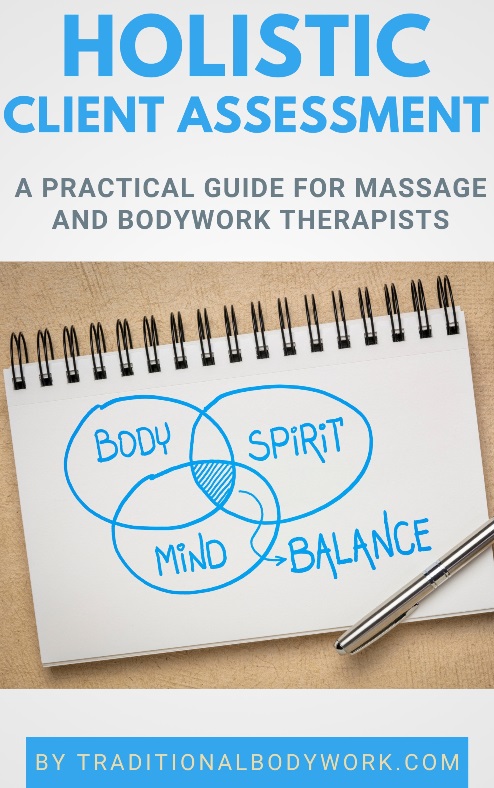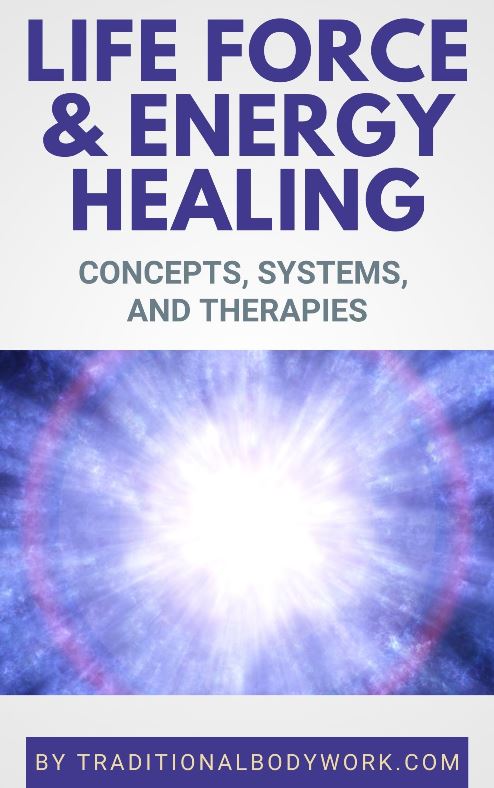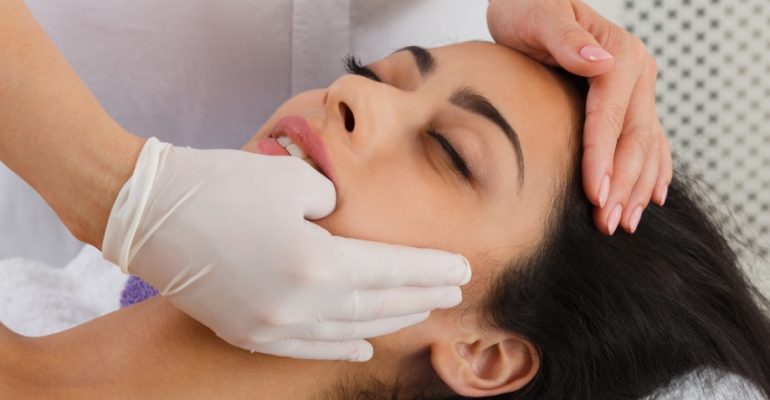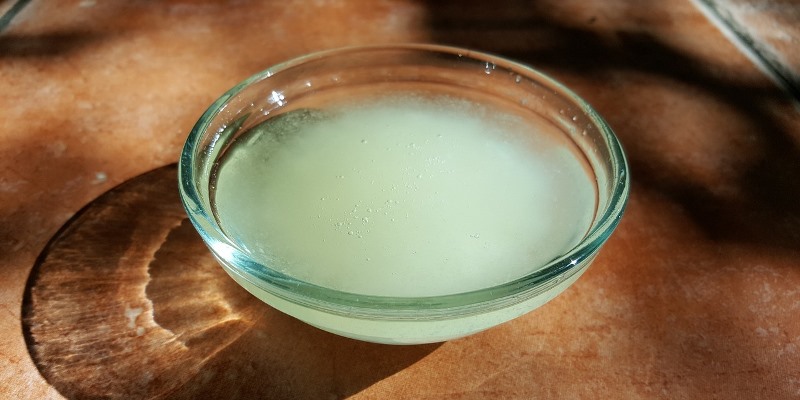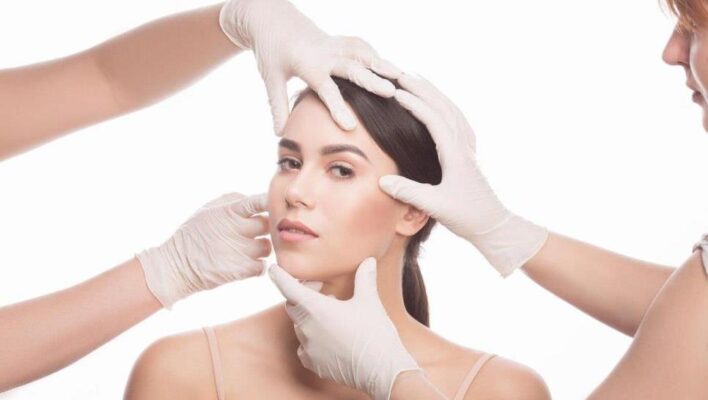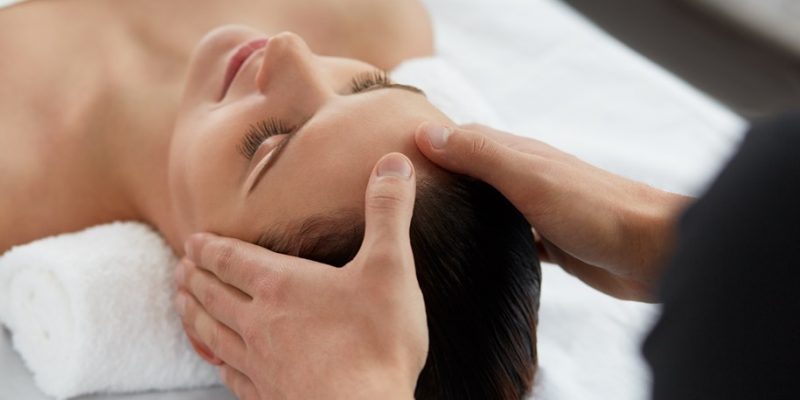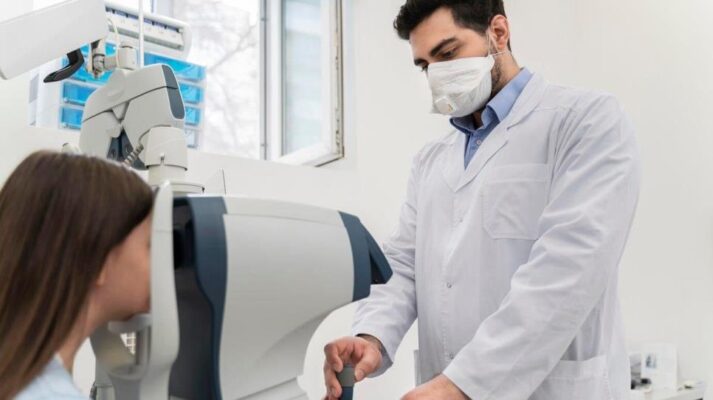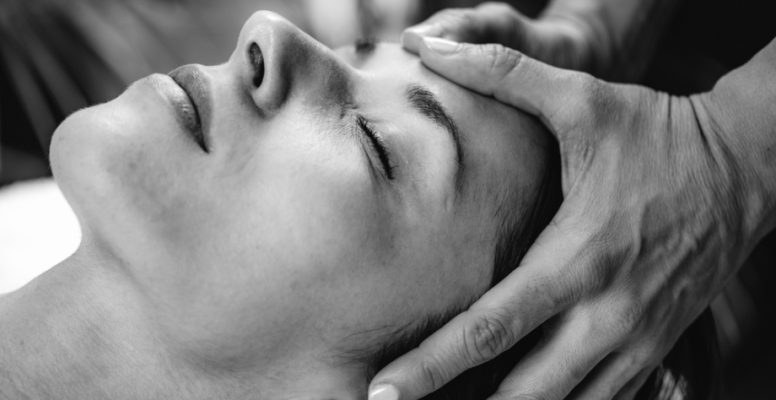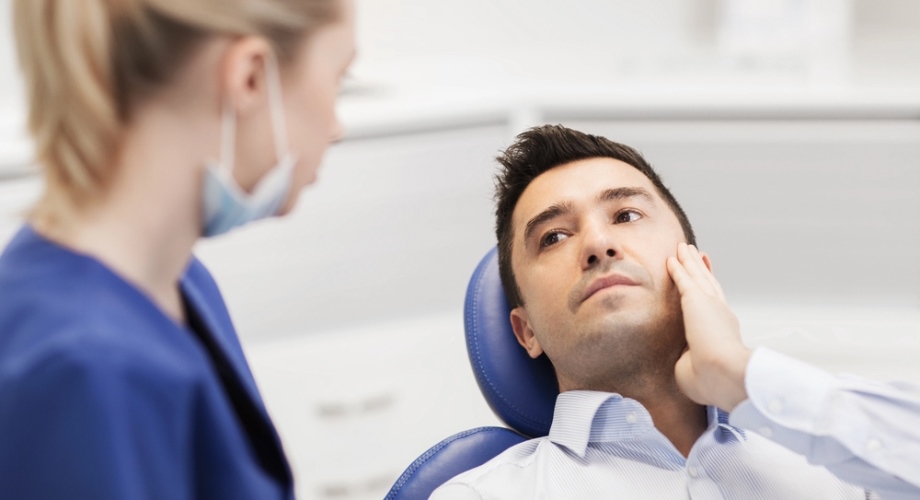
Daily actions including speaking, breathing, and eating can be seriously disrupted by oral dysfunction, which causes discomfort and worse quality of life. Strengthening and retraining these muscles is the main emphasis of facial muscular therapy in restoring ideal functioning and avoiding long-term consequences.
Participating in specialist myofunctional therapy courses—which offer regimented training to enhance muscular coordination—is one efficient way to treat mouth dysfunction. Knowing how facial muscle treatment works helps people to be proactive toward improved dental health. By means of focused workouts, strengthening of face muscles can result in notable enhancement of general well-being.
How Facial Muscle Therapy Might Improve Breathing
Many times, inappropriate muscular action in the face and neck might be connected to trouble breathing. When the tongue and throat muscles are not working as they should, they might block airflow, causing mouth breathing and problems connected to sleep. By strengthening the muscles in charge of preserving an open airways, facial muscle treatment aids in nasal breathing promotion.
Guided exercises help people retrain their breathing habits, therefore lowering their risk of sleep apnea and snoring. Better oxygen intake, more energy, and overall improved health follow from better breathing habits. Muscle treatment can help to correct breathing patterns, therefore improving well-being and quality of sleep.
How Facial Muscle Therapy Affects Tension and Jaw Pain
Common problems brought on by tooth grinding, temporomandibular joint (TMJ) abnormalities, and muscle imbalances include jaw discomfort and strain. Through strengthening and balancing the muscles in charge of jaw movement, facial muscle treatment releases stress.
Exercises aiming at the jaw, neck, and face muscles help to relax the TMJ by lowering tension. Good muscular action helps avoid teeth grinding and clenching, main causes of jaw pain. Reduced discomfort and more jaw movement follow from better muscular coordination over time. Therapy helps people to resolve these problems, therefore providing long-lasting relief from persistent jaw strain.
Getting Started with Facial Muscle Therapy
Starting a program on face muscle treatment calls for direction from qualified experts focused in mouth function rehabilitation. To create a specific exercise program, a therapist will evaluate muscular strength, coordination, and any current dysfunctions.
To encourage appropriate muscular action, therapy sessions could feature guided exercises, breathing methods, and posture corrections. Regular at-home practice of these exercises increases the therapeutic efficacy and speeds up improvement. Those who are committed and consistent will see notable changes in their general health and face muscular action.
For oral dysfunction, facial muscle treatment is a great fix; it also helps with speaking, breathing, and swallowing strength enhancement. Targeting weak or unbalanced muscles helps people to better manage their mouth activities and lessen pain. Maximizing the advantages of treatment depends mostly on regular practice and expert direction.
Long-term health advantages follow from strengthening face muscles helping to reduce jaw discomfort and improve posture, therefore promoting better posture. Participating in myofunctional therapy courses will give the required information and instruction to efficiently retrain muscles for best performance. People can overcome oral dysfunction and enhance their quality of life by means of appropriate therapy and commitment.
Receive occasional news about our new eBook and Video Workshop publications.


